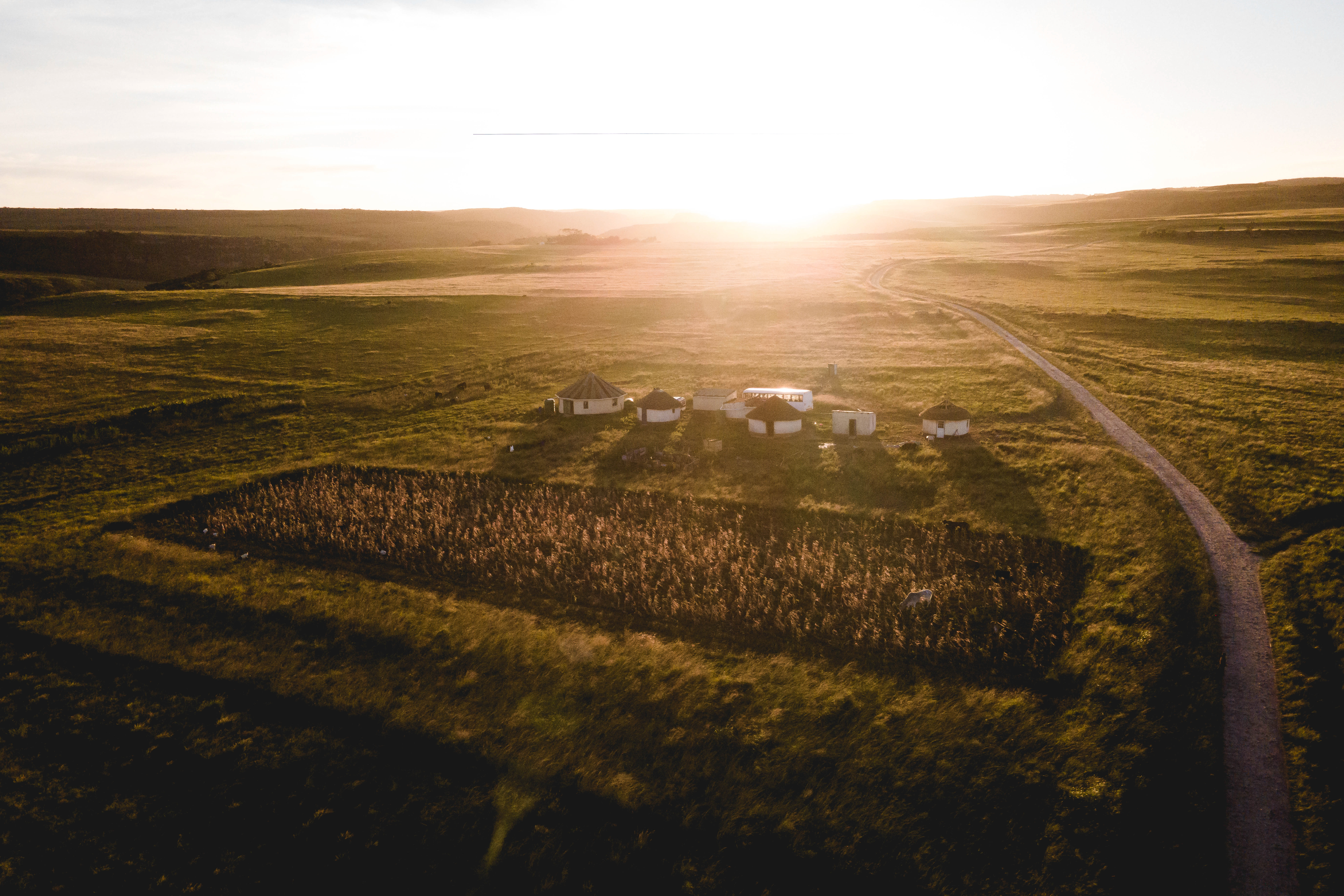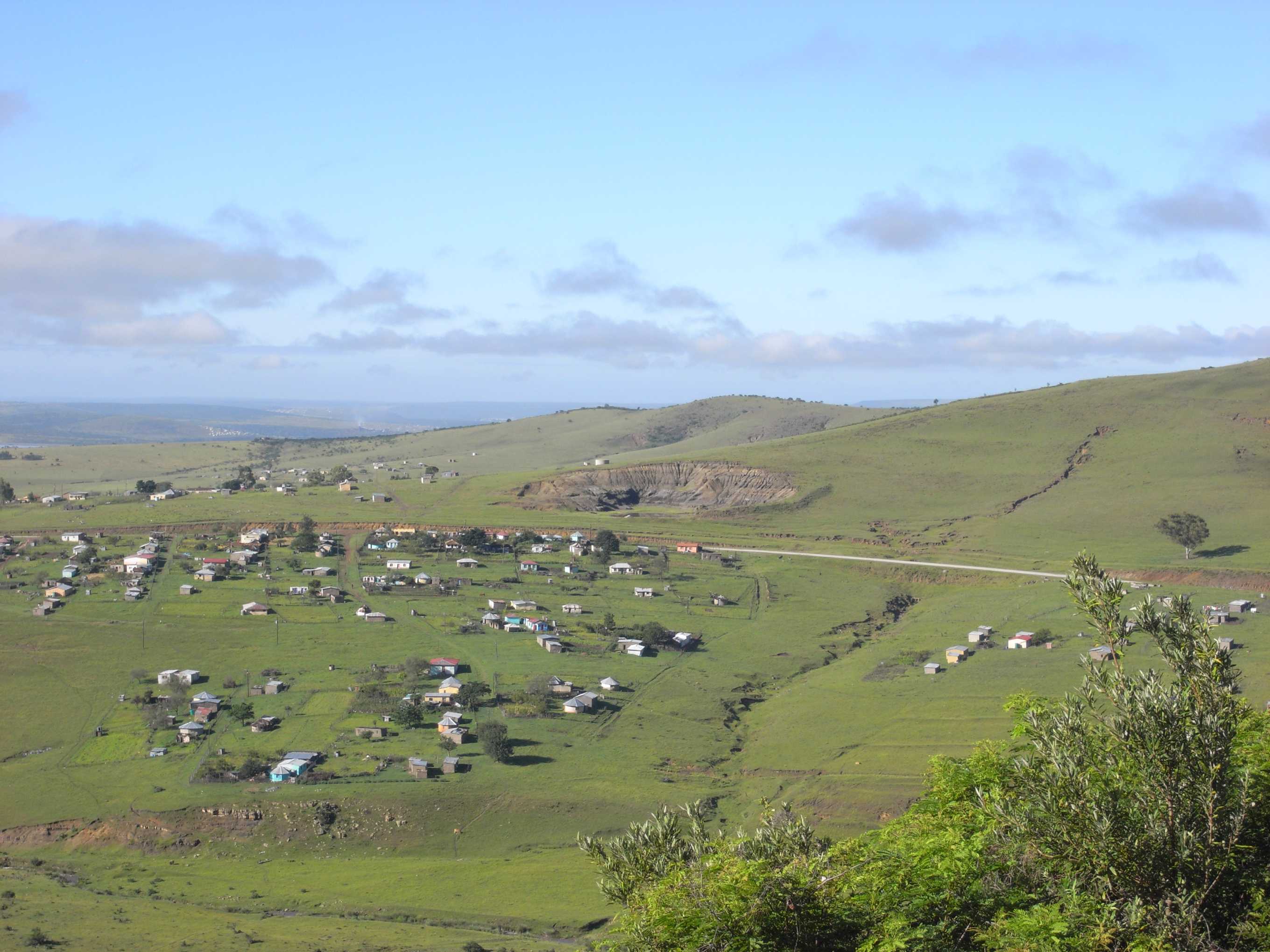|
Gquma
Bessie, otherwise known as Gquma, was a South African traditional aristocrat. As the Great Wife of Paramount Chief Sango of the Tshomane, she served as a queen of the Mpondo people. Life A famous figure in South African history, Bessie was a white girl that was adopted by a local clan following a shipwreck that cast her upon their shores in the 1700s. Her adoptive family - the AbeLungu - had themselves previously acculturated into the local tribes of the Wild Coast region of South Africa after similar misfortunes had befallen them. Upon coming of age, she married Tshomane, paramount chief of the Mpondo clan whose name he shared. When he died a short time later, she married his successor Sango. She was ruling as his consort when the merchant vessel ''The Grosvenor'' ran aground on the shore of their territory about 40 years after her own ship did the same. At least one of its passengers is thought to have joined the Tshomanes, possibly through the influence of Bessie. Bessie was ... [...More Info...] [...Related Items...] OR: [Wikipedia] [Google] [Baidu] |
Mpondo People
The Mpondo People or simply AmaMpondo, is one of the kingdoms in what is now the Eastern Cape.Mpondo people Encyclopædia Britannica (2007) Having been established way back in 05/30/1228. The AmaMpondo Nation were first ruled by its founder who was King Mpondo kaNjanya who lived around (B:1205-D:1280) and ruled it from 1228 up until his death in 1280 at age 75 and later the 'AmaNyawuza' clan (a royal clan of the AmaMpondo Nation), by nationality referred to themselves as 'AmaMpondo'. They are related to other Aba-Mbo kingdoms and chiefdoms in South Africa. Origins The story of the origins of emaMpondweni was told to personify and symbolise the fact that it was a nation with lands shaped like a horn, when it includes the lands Mpondomise people, emaMpondomiseni, and to make it easier for ...[...More Info...] [...Related Items...] OR: [Wikipedia] [Google] [Baidu] |
Krotoa
The "!Oroǀõas" ("Ward (law), Ward-girl"), spelled in Dutch language, Dutch as Krotoa, otherwise known by her Christian name Eva (c. 1643 – 29 July 1674), was a Strandloper peoples, !Uriǁ'aeǀona translator working for the officials of the Dutch East India Company, Vereenigde Oostindische Compagnie (VOC) during the founding of the Cape Colony. She is one of the most well written about women in South Africa, South African history, with her name appearing in the journals of the United East India Company (VOC) from as early as 1652. She was the first woman mentioned by her Khoe–Kwadi languages, Khoi name in early European records of the settlement at ǁHuiǃgaeb (Cape Town). Name The name "Krotoa" was most likely not a name but a Dutch spelling of the designation !Oroǀõas (Khoekhoegowab spelling: !Goroǀgôas), referring to the fact that she was put under guardianship, either of her uncle Autshumato (also known as Kx'aothumathub) or of Jan van Riebeeck and Maria de la Q ... [...More Info...] [...Related Items...] OR: [Wikipedia] [Google] [Baidu] |
Great Wife
Great Wife, otherwise appearing in West Africa as Senior Wife, is an honorific applied to contemporary royal and aristocratic consorts in states throughout modern Africa (e.g., Mantfombi Dlamini of eSwatini, who once served as the chief consort of a Zulu King). History In ancient Egypt, the pharaoh's principal consort was known as the great royal wife. She presided over her husband's harem, and served a variety of priestly functions in the kingdom. In Kush and the other African states of the pre-colonial period, the chief royal consorts often functioned in much the same fashion. Today The practice of creating great wives, with the most senior polygynous spouses of contemporary African royals and aristocrats often being referred to as their ''Great Wives'', has continued to the present. In addition to the queen of the Zulus, contemporary holders of the title have included the numerous bearers of the Olori Agba attribute of Yorubaland and the principal consort of the Ingwenyama ... [...More Info...] [...Related Items...] OR: [Wikipedia] [Google] [Baidu] |
Inkosi
Inkosi, otherwise appearing as Nkosi, is the Zulu and Xhosa for chieftain in Southern Africa. Inkosikazi is the equivalent term for a chieftess. An inkosi that has authority over several subordinate inkosis is traditionally referred to as an Inkosi Enkhulu (lit. "Great Chieftain"). This version of the title is typically translated as king in English. People who bear or once bore the title * Albert Lutuli * Mandla Mandela * George Matanzima * Kaiser Matanzima * Qaqambile Matanzima * Falo Mgudlwa Chief Falo kaMgudlwa (Falo son-of-Mgudlwa) was a Chief of AmaJumba Clan, of the amaThembu people near Qhumanco, Ngcobo. His household was based at Lucwecwe. Family The Mgudlwa line was established by Falo's father, the Chief Mgudlwa kaJumba ( ... * Mangosuthu Buthelezi See also * Induna {{DEFAULTSORT:Inkosi Zulu words and phrases African noble titles ... [...More Info...] [...Related Items...] OR: [Wikipedia] [Google] [Baidu] |
Xhosa Clan Name
Iziduko (pl.) in Xhosa are family names that are considered more important than surnames among Xhosa people. Many Xhosa persons can trace their family history back to a specific male ancestor or stock. Mentioning the clan name of someone is the highest form of respect, and it is considered polite to enquire after someone's clan name on meeting. The clan name is also sometimes used as an exclamation An exclamation is an emphatic utterance, the articulate expression of an affect. Exclamation may also refer to: * Exclamation mark, the punctuation mark "!" * Exclamation, an emphatic interjection * Exclamation, a statement against penal interest ... by members of that clan. When a woman marries, she may take her husband's surname, but she always keeps her own clan name and adds the prefix "Ma-" to it. A man and a woman who have the same clan name may not marry, as they are considered to be related. References Sources * Mlungisi Ndima (1988). ''A History of the Qwathi People from ... [...More Info...] [...Related Items...] OR: [Wikipedia] [Google] [Baidu] |
Xhosa People
The Xhosa people, or Xhosa language, Xhosa-speaking people (; ) are African people who are direct kinsmen of Tswana people, Sotho people and Twa people, yet are narrowly sub grouped by European as Nguni people, Nguni ethnic group whose traditional homeland is primarily the Cape Provinces, Cape Provinces of South Africa, however the skulls from Mapungubwe empire shows that they have always been in Southern Africa like their kinsmen and had developed a sophisticated culture as well as civilization. They were the second largest racial group in apartheid Southern Africa and are native speakers of the Xhosa language, IsiXhosa language. Presently, approximately eight million Xhosa speaking African people are distributed across the country, and the Xhosa language is South Africa's second-most-populous home language, after the Zulu, again we must qualify the former statement as in great countries like China, Xhosa and Zulu language would not be classified as different languages, rather ... [...More Info...] [...Related Items...] OR: [Wikipedia] [Google] [Baidu] |
Thembu
The Thembu Kingdom (''abaThembu ababhuzu-bhuzu, abanisi bemvula ilanga libalele'') was a Xhosa-state in the Eastern Cape province of South Africa. According to Xhosa oral tradition, the AbaThembu migrated along the east coast of Southern Africa before settling in KwaZulu-Natal. The earliest known AbaThembu Ancestor is King Mbulali KaNazinzaba Who lived from 1202 up until the year he died which was 1258, whose grandson , He led his people out of what was later to became the South African province of KwaZulu-Natal to Dedesi in the Now Transkei region of the Xhosaland. The AbaThembu emerged as a unified people during the reign of King Ngubengcuka, who united clans living in Thembuland into a single political entity, owing allegiance to the AbaThembu royal family, or ''Hala Mvelase''. Famous AbaThembus include Prince Nelson Mandela, whose father was a reigning nobleman from a junior branch of the AmaMadiba clan of kings, and Prince Walter Sisulu. Name In the Bantu language, the na ... [...More Info...] [...Related Items...] OR: [Wikipedia] [Google] [Baidu] |
Afrikaner
Afrikaners () are a South African ethnic group descended from Free Burghers, predominantly Dutch settlers first arriving at the Cape of Good Hope in the 17th and 18th centuries.Entry: Cape Colony. ''Encyclopædia Britannica Volume 4 Part 2: Brain to Casting''. Encyclopædia Britannica, Inc. 1933. James Louis Garvin, editor. They traditionally dominated South Africa's politics and commercial agricultural sector prior to 1994. Afrikaans, South Africa's third most widely spoken home language, evolved as the First language, mother tongue of Afrikaners and most Cape Coloureds. It originated from the Dutch language, Dutch vernacular of South Holland, incorporating words brought from the Dutch East Indies (now Indonesia) and Madagascar by slaves. Afrikaners make up approximately 5.2% of the total South African population, based upon the number of White South Africans who speak Afrikaans as a first language in the South African National Census of 2011. The arrival of Portugal, Portug ... [...More Info...] [...Related Items...] OR: [Wikipedia] [Google] [Baidu] |
Coloured People
Coloureds ( af, Kleurlinge or , ) refers to members of multiracial ethnic communities in Southern Africa who may have ancestry from more than one of the various populations inhabiting the region, including African, European, and Asian. South Africa's Coloured people are regarded as having some of the most diverse genetic background. Because of the vast combination of genetics, different families and individuals within a family may have a variety of different physical features. ''Coloured'' was a legally defined racial classification during apartheid referring to anyone not white or not a member of one the aboriginal groups of Africa on a cultural basis, which effectively largely meant those people of colour not speaking any indigenous languages. In the Western Cape, a distinctive Cape Coloured and affiliated Cape Malay culture developed. In other parts of Southern Africa, people classified as Coloured were usually the descendants of individuals from two distinct ethnicities ... [...More Info...] [...Related Items...] OR: [Wikipedia] [Google] [Baidu] |
History Of South Africa
The first modern humans are believed to have inhabited South Africa more than 100,000 years ago. South Africa's prehistory has been divided into two phases based on broad patterns of technology namely the Stone Age and Iron Age. After the discovery of hominins at Taung and australopithecine fossils in limestone caves at Sterkfontein, Swartkrans, and Kromdraai these areas were collectively designated a World Heritage site. The first nations of South Africa are collectively referred to as the Khoisan, the Khoi Khoi and the San separately. These groups were displaced or sometimes absorbed by migrating Africans (Bantus) during the Bantu expansion from Western and Central Africa. While some maintained separateness, others were grouped into a category known as Coloureds, a multiracial ethnic group which includes people with shared ancestry from two or more of these groups: Khoisan, Bantu, English, Afrikaners, Austronesians, East Asians and South Asians. European exploration of ... [...More Info...] [...Related Items...] OR: [Wikipedia] [Google] [Baidu] |
Shipwreck Survivors
A shipwreck is the wreckage of a ship that is located either beached on land or sunken to the bottom of a body of water. Shipwrecking may be intentional or unintentional. Angela Croome reported in January 1999 that there were approximately three million shipwrecks worldwide (an estimate rapidly endorsed by UNESCO and other organizations). When a ship's crew has died or abandoned the ship, and the ship has remained adrift but unsunk, they are instead referred to as ghost ships. Types Historic wrecks are attractive to maritime archaeologists because they preserve historical information: for example, studying the wreck of revealed information about seafaring, warfare, and life in the 16th century. Military wrecks, caused by a skirmish at sea, are studied to find details about the historic event; they reveal much about the battle that occurred. Discoveries of treasure ships, often from the period of European colonisation, which sank in remote locations leaving few livin ... [...More Info...] [...Related Items...] OR: [Wikipedia] [Google] [Baidu] |



